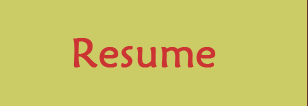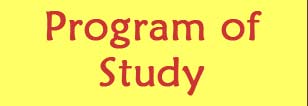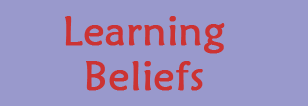Learning Belief 1:
I believe technology is a tool that facilitates meaningful learning.
In Meaningful Learning with Technology, Jonassen, Howland, Marra, and Crismond discuss the characteristics of meaningful learning (active, constructive, authentic, cooperative, and intentional) and how they are “inter-related, interactive, and interdependent.” (p. 5). During my studies for this degree, I have learned the difference between learning from technology and learning with technology. I have had opportunities to plan and implement lessons that meet the criteria of active, constructive, authentic, cooperative, and intentional. My Technology Integration Learning Plan, WebQuest, and Learning with the Internet Project all demonstrate characteristics of meaningful learning with technology.
Meaningful learning occurs when connections are made between existing knowledge and new information. In my Technology, Teaching, and Learning Concept Map, I have shown how these connections can be made using technology as a tool to involve learners in investigation, exploration, communication, collaboration, designing, visualization, and creating. When learners are involved in these activities they are engaged in higher levels of thinking and reasoning as defined by Bloom’s Taxonomy. In Using Technology with Classroom Instruction that Works, Pitler, Hubbell, Kuhn, and Malenoski reference Schacter & Fagnano (p. 3), “Applied effectively, technology implementation not only increases student learning, understanding, and achievement but also augments motivation to learn, encourages collaborative learning, and supports the development of critical thinking and problem-solving skills.” Clearly technology is a very valuable tool for meaningful learning.
In my classroom, technology has enabled me to provide my students with opportunities to use technology for collaboration, visualizing, creating, and exploring. The WIKI we created shows evidence of these activities. Since my students are deaf and all have language delays, we utilize the internet daily to explore topics and expand our knowledge base. These explorations drive discussion and communication that allows me as a teacher to assess their understanding while it allows the students to make connections to prior knowledge and form new understanding.
One of my favorite technology tools is concept mapping software. Using Concept Mapping Software in K-5 Language Arts (Inspiration file, jpeg file) is a map I created showing how I use concept maps in my classroom. My students have had to make concept maps using the pen/paper method in the past. When I introduced them to Kidspiration they all of a sudden were very enthused to make a map. Here is a map one of my students made: Clowns Story Map.
| Belief 1 | Belief 2 | Belief 3 | Belief 4 | References |






